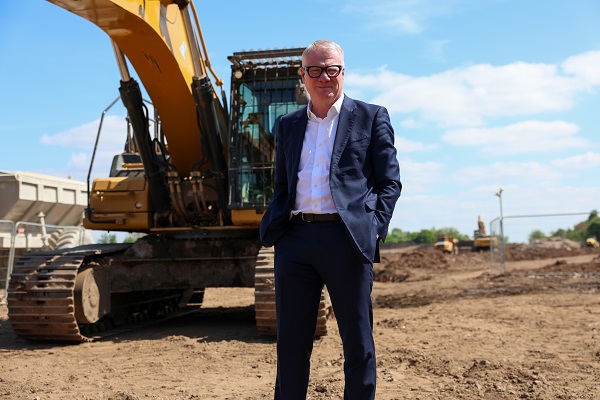WORK to create a planning blueprint for future housing and commercial developments across the region is set to get under way.
The West Midlands Combined Authority (WMCA) Board agreed to start preparing a Spatial Development Strategy that will highlight the best locations to meet future demand for new homes and workplaces.
The strategy will also set out the transport, energy and social infrastructure needed to serve new developments – as well as measures to protect the environment and improve quality of life.
The strategy is expected to take up to three years to finalise but will guide the region’s future developments for the next 20-30 years.
A draft strategy, shaped by extensive research and input from key organisations across the region, will now be produced by the WMCA and local councils. The draft will then go out to public consultation, most likely in 2027.
The move is in response to a government proposal requiring all major regions to produce a Spatial Development Strategy for their part of the country. It is part of the government’s ambition to deliver 1.5 million new homes before the next general election.
In giving the green light, the WMCA Board was told that a West Midlands Spatial Development Strategy would help deliver a fairer distribution of new housing across a wider area, helping those councils struggling to find enough land to meet standalone housing targets set by government.
Richard Parker, Mayor of the West Midlands, said: “This isn’t just about accelerating economic growth. It’s also about improving people’s quality of life by promoting health, protecting natural habitats and making sure future developments have the transport, energy and social infrastructure needed to create vibrant places to live and work.
“This blueprint will be crafted responsibly and democratically, shaped by close collaboration and public engagement. By working together in this way, we can produce a plan that meets our region’s future housing needs in a manner that is fair and balanced for everyone.”
Under the blueprint, local councils will continue to be responsible for detailed planning policy, site allocations and Green Belt boundaries. They will also continue to decide most planning applications.
The strategy will help guide the local plans drawn up by councils by identifying what new infrastructure, such as transport, energy, schools and GP surgeries, is needed to support new developments so they can better drive economic growth and build strong communities.
The WMCA Board agreed a number of guiding principles for its production including its co-development by the WMCA and local councils, and a brownfield first approach to maximise the use of derelict industrial land and reduce pressure on the green belt.
